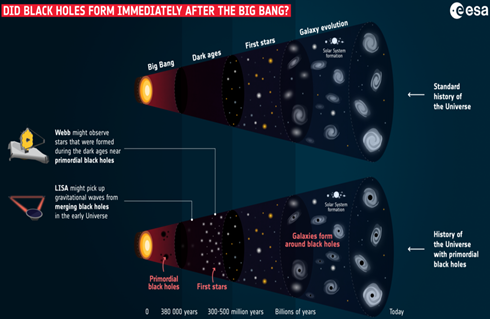PREVIOUS
LID-568 Primordial Black Hole
November 10 , 2024
18 days
115
0
- Astronomers discovered a supermassive black hole, designated LID-568.
- Its period is about 1.5 billion years after the Big Bang event 13.8 billion years ago that initiated the universe.
- LID-568 has a mass about 10 million times greater than the sun, so 2-1/2 times that of Sagittarius A*.
- LID-568 is growing by devouring material at a speed 40 times higher than the theoretical Eddington limit.
- This speed is challenging existing theories about the evolution of supermassive black holes.
- The Eddington limit refers to the maximum luminosity a black hole can achieve and the speed at which it can absorb matter.
- Exceeding this limit, as LID-568 does, suggests a phenomenon known as super-Eddington accretion.

Leave a Reply
Your Comment is awaiting moderation.


